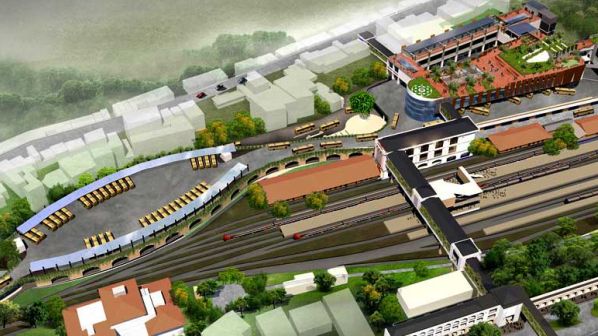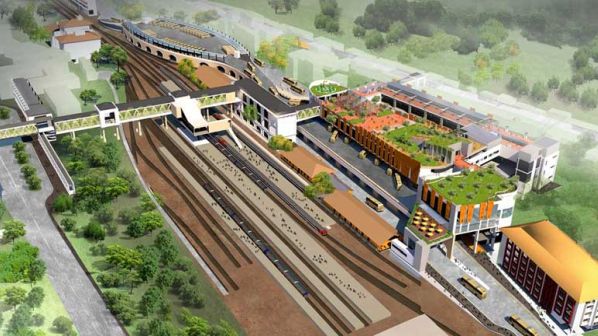THE government of Sri Lanka and the World Bank have signed a loan agreement worth $US 69.33m for the Kandy Multimodal Transport Terminal (KMTT) Development Project, which will provide an interchange between rail, bus, three-wheeler, and pedestrian traffic.
The agreement was signed by secretary to the Ministry of Finance, Mr Sajith Attygalle, and World Bank country director for Maldives, Nepal and Sri Lanka, Mr Faris H Hadad-Zervos.
Nearly 389,000 commuters travel currently travel into the city by bus or rail each day. However, the city’s Good Shed terminal currently lacks the critical infrastructure such as adequately planned bus bays and parking facilities, waiting and queuing areas for passengers, adequate sanitation facilities, and centralised ticket and information counters required to accommodate the high volume of traffic.
The project will be undertaken in three phases. Phase 1 includes the construction of a terminal building and bus parking facilities; construction of a 150m-long skywalk to allow passengers to walk between the rail station, hospital and KMTT; development of pedestrian-friendly public spaces; and the rerouting of a storm drain to allow the terminal to be built.

Under Phase 2, studies into the introduction of pedestrian friendly measures and transit-oriented development in the surrounding areas will be carried out; and road safety improvements will be implemented. Phase 3 will see the preparation of a business development plan for the KMTT for overall management and operation.
The project will be implemented by the Ministry of Urban Development and Housing. The World Bank funding includes $US 64.33m through an International Development Association (IDA) concessional credit with maturity of 30 years and a five-year grace period, while the remaining $US 5m will be provided through an IDA non-concessional credit with maturity of 10 years and five-year grace period.
The overcrowded facility currently struggles to support social distancing at peak times with no feasible measures to allow for effective sanitary practices before and after bus trips. The lack of segregation of bus and pedestrian movement around the area also poses significant safety risks for pedestrians.
“Kandy will benefit significantly from a well-planned urban transport network that enhances accessibility to and from the city, efficient mobility within the city region, and its attractiveness as a tourist destination,” Hadad-Zervos says. “The project is also critical for the city’s post-Covid economic recovery because it will create many short-term employment opportunities and address pandemic-risk in the design and modernisation.”

